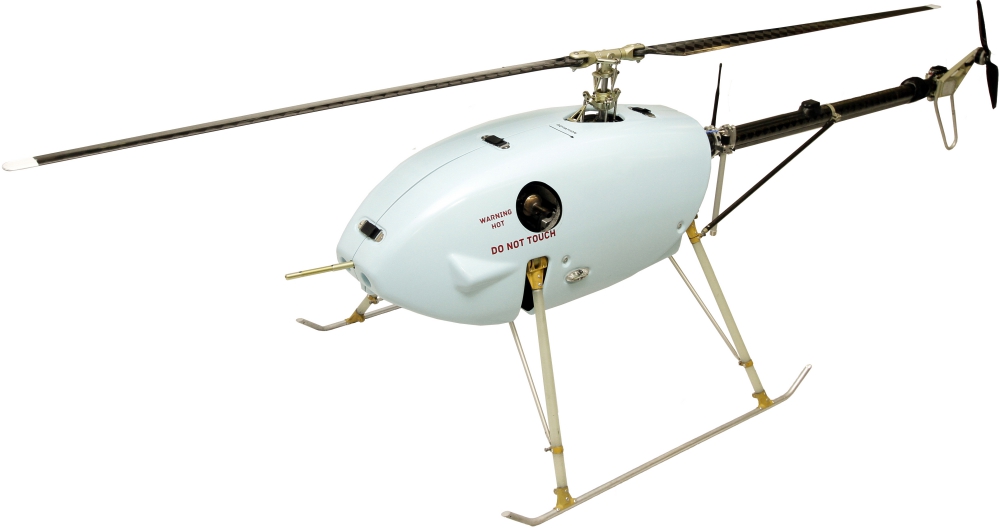UAVOS Inc, a Mountain View-based company specialised in unmanned solutions, has created a qualitatively new main rotor blade to be installed on helicopters with 77 lbs (35 kg) take-off mass and rotor diameter of 102,36″ (2600 mm).
New product development and production were carried out by specialists of UAVOS in its own production facilities. The technology of one-step blade moulding using polymer composite materials and improved aerodynamic shape positively affected the entire flight performance of the unmanned helicopter.
Usually, when mass produced, the main rotor blade is made by gluing together the lower and upper surfaces. The new solution by UAVOS uses the technology of hot forming of a composite ‘prepreg’ material, which involves the manufacture of a blade airfoil in a single step molding. This method eliminates the delamination of the lower and upper planes, since there is no glue seam. In addition, the design implements warping and narrowing of the blade, which increases the strength and rigidity of the product.
The new UAVOS technology allows creating blades with high aerodynamic characteristics, thereby increasing their operating life, reducing production costs, improving the performance of an unmanned helicopter, as well as making flights more reliable under the conditions of high operating temperatures.
Aliaksei Stratsilatau, UAVOS Lead developer:
“We had to develop and manufacture the main rotor blade on our own after having encountered a number of serious problems when buying this product. Firstly, during the bench tests it came out that the blades have a rather low efficiency. Secondly, the purchased products were not accompanied by any documentation confirming their reliability and quality. During the project development, our team used calculations and the experience of testing the blade for high-altitude HAPS Apus aircraft. Bench tests confirmed our calculations to be correct and demonstrated that the efficiency of the UAVOS blade is higher by 20%.”
Source: Press Release

